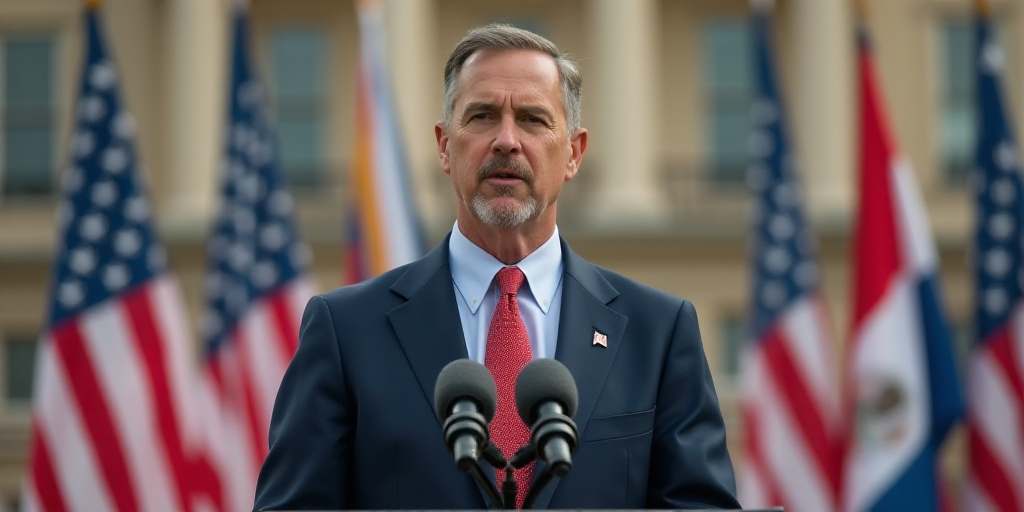Background on Donald Trump and His Presidency
Donald J. Trump, the 45th President of the United States, served from January 20, 2017, to January 20, 2021. Known for his business background and reality TV fame, Trump’s presidency was marked by controversial policies and decisions. Among these were his immigration-related actions, which significantly impacted international relations and domestic discussions.
Key Travel Ban Details
On January 27, 2017, President Trump issued an executive order titled “Protecting the Nation from Foreign Terrorist Entry into the United States.” This order temporarily barred citizens of seven countries—Iran, Iraq, Libya, Somalia, Sudan, Syria, and Yemen—from entering the United States. The ban sparked widespread protests, legal challenges, and international criticism.
Expansion of the Travel Ban
In March 2017, the Trump administration revised and expanded the travel ban to include North Korea and added Chad, Venezuela, and Sudan. However, Sudan was later removed from the list.
Additional Restrictions Announced
In addition to the travel ban on citizens from 12 countries, Trump indicated that there would be stricter restrictions for visitors from Burundi, Cuba, Laos, Sierra Leone, Togo, Turkmenistan, and Venezuela. These additional measures aimed to enhance national security by imposing more rigorous vetting processes and background checks.
Impact on International Relations
The travel ban and subsequent restrictions drew criticism from various countries, international organizations, and human rights groups. Critics argued that the measures unfairly targeted specific religious and ethnic groups, contravening American values of inclusivity and diversity. Supporters, however, maintained that the policies were necessary to protect national security.
Legal Challenges
The travel ban faced numerous legal challenges, with courts blocking and modifying the orders multiple times. The Supreme Court ultimately upheld the ban’s legality in June 2018, allowing for stricter vetting procedures while maintaining exceptions for those with “bona fide relationships” in the U.S.
Key Questions and Answers
- Who issued the travel ban? President Donald J. Trump
- Which countries were initially included in the travel ban? Iran, Iraq, Libya, Somalia, Sudan, Syria, and Yemen
- What additional countries were later added to the travel ban? North Korea, Chad, Venezuela, and Sudan (later removed)
- Which countries faced stricter restrictions under Trump’s policy? Burundi, Cuba, Laos, Sierra Leone, Togo, Turkmenistan, and Venezuela
- What was the primary goal of these travel restrictions? To enhance national security through stricter vetting processes and background checks
- What were the main criticisms of the travel ban? Critics argued that it unfairly targeted specific religious and ethnic groups, contravening American values of inclusivity and diversity
- What legal challenges did the travel ban face? The ban faced numerous legal challenges, with courts blocking and modifying the orders multiple times. Ultimately, the Supreme Court upheld its legality in June 2018






